Was thinking about radar and how to tell distance using FM. If you send a wave with a consistent wavelength of 1 meter, and it hits a target 1000 meters away and then comes back, it will have gone 2000 meters and done 2000 oscillations. But how would we know that from the received waveform? I assume that the phase of the wave that comes back would tell us how many oscillations occurred roundtrip? Or if it did 2001 oscillations, the received phase would be a little past the starting point of the waveform? Is this where Fourier transform comes in? Hopefully I am on the right track here, thanks.
-
Here's a derivation of how FMCW radar's work: https://dsp.stackexchange.com/questions/68234/generating-if-signal-for-fmcw-radar/68368#68368 If you're looking for more basic pulsed radar information, I suggest that you do a bit more research first as the subject is pretty well covered online. – Envidia Aug 24 '20 at 23:48
-
For HF FM how many cycles of resonance and phase shift did you think occur in the Bandpass filters ? – Tony Stewart EE75 Aug 25 '20 at 00:08
-
@TonyStewartSunnyskyguyEE75 if its 1000 cycles per meter and travels 2000 meters, I'd guess that would be 2,000,000 resonances (times the peak frequency is repeated.) And for phase shift, couldn't you say it goes through infinite phase shifts? Or it would depend on how detailed your receiver is for detecting phase shifts of a certain quantization? Am I on the right track here? thanks – Af91 Aug 25 '20 at 03:19
-
See also [ADC and DSP Requirements for FMCW Radar](https://electronics.stackexchange.com/q/252515/11683) and [Signal processing of an IVQ-3005 Radar Module](https://electronics.stackexchange.com/q/375535/11683) – Dave Tweed Aug 25 '20 at 04:46
-
will look into this, thanks – Af91 Aug 25 '20 at 05:18
1 Answers
You ask about FM and then give a constant frequency example.
There is much on web on this.
Envida in a comment cites his own June 2016 SE EE answer here.
This is correct but depending how used you are to the maths may hide the simple truth.
A frequency-swept-with-time signal is transmitted and reflected from the 'target'. On return the reflected signal is mixed with the current transmitted signal and the difference frequency is extracted. This is proportional to distance.
Envida's analysis confirms this key result
Here is a simple example from my experience.
I long ago had an APN-1 radio altimeter.
It used a push pull Acorn tube transmitter and a diode balanced mixer in the receiver front end.
A sniff of transmitted signal was added to the RX mixer.
The TX was modulated with a voice-coil driven electromechanically varied capacitor which changed the TX frequency. The voice coil was driven with a sawtooth wave so that it swept across a frequency range.
Mixing the TX & RX signals in the balanced mixer gave a difference frequency which was proportional to the time taken for the reflected RX signal there & back flight.
From memory max altitude was 20,000 feet with the RX signal being from ground return into a passive mixer - astounding.
_____________________________________________
Here is the key part of the circuit diagram:
Balanced mixer at left, Wobbulated transmitter in middle, wobbulator driver at right driving Y101 voicecoil in middle, altitude indicating difference frequency at Anode of V101 exits via C119, C120.
Writeup here
Images here
Full circuit!
- 147,325
- 18
- 210
- 386
-
lol, you have a good point. I'm going to have to take a long time looking up a lot of concepts to understand all of this post. Hopefully I will have some questions later on, thanks a lot for this. – Af91 Aug 25 '20 at 06:22
-

